The city is like one big movie set. You look down a street and you are on the set of “King Kong”, “Ghostbusters”, “Taxi Driver” or “Independence Day”. It’s like I’ve been there lots of times before but in fact it’s the first time. Actually – in this case it’s the second time, but anyway….
It’s a melting pot, all kinds of food and all kinds of people, and all kinds of entertainment.
There is no other city in the world like New York. Twenty-four hours a day there are people eating, drinking, working or just walking the streets. You can have breakfast at seven o’clock in the evening or go to the cinema at nine o’clock in the morning. Anything is possible.
The street names are familiar too. It’s like being in your hometown, the only problem is that you may recognize the names but you don’t understand their specific location.
This is a trip for cinema exhibitors (people who own or manages cinemas), 30 people interested in all kinds of gadgets related to running a cinema. Over 3 days we will visit 10 different cinemas and two technical facilities. Some fabulous, some petty, some new and some old. Like the city itself, the diversity is great.
Just to clarify any misunderstandings, we are not here to watch movies. Actually, if a film is running in the auditorium we are supposed to visit, you can immediately sense disappointment.
The first thing we do when we get into a cinema foyer is to scan the room for facilities. Where do they sell the tickets, where do they have the concession stands (the place where you sell popcorn, soft drinks and candy), where are the entrances to the screens, where are the toilets located and so on.
We check how they hang their posters or advertise events and we will steal any kind of brochure, bringing it with us home for inspiration and possible implementation into our own cinemas.
We comment on the cleaning and visit the toilets for both men and women, preferably while taking pictures of a handy water tap or a well designed garbage container.
The first thing we do in the auditorium is to sit down, preferable in two-three different places. Besides the film, the chairs are the most important items in a cinema.
The audience have to sit in them for at least two hours without being able to move. Therefore it is important that this piece of equipment is created in a way that makes it suitable for exactly that purpose. If the audience is not sitting or feeling comfortable in the auditorium, there is a good chance that it won’t like the film either, just never knowing why.
Next everyone will be looking at the screen: examining it close-up, behind it, checking how it is attached to the frame, if it is made with silver, if it is ordinary, if it is clean. In the end we stand in the front with our backs to the screen and take in the full feeling of the auditorium. How many ordinary people go to the front of a cinema auditorium turn around and look at the walls, the ceilings and the lighting? And we touch everything, because it is important to know what kind of materials is used for sound control, for the floor, the railings, the carpet and so on.
To ordinary people this whole process must look crazy, like lemmings on the edge of a catastrophe, it may also sound a little boring, but to us it’s great excitement :-).
And then finally comes the real true highlight of the visit - the projektionbooth. This is the place where the magic is created; the heart of any cinema. In our business you are either a technical buff or you’re absolutely not, and that is also mirrored in the booth. There are places where they just push a button to run the film and then there are places where you can feel the professional pride as soon as you enter.
It’s a room with a warm feeling (literally, because of all the electrical stuff and the light bulbs), dimmed lighting, lots of gadgets and a nice clicking sound from the machines running. In fact, it is rather meditative. The trained ear knows by the sound of a projector if it’s running correctly.
In my youth I used to work as a projectionist, and even today I know right away if there is something wrong.
A well equipped projection booth has everything in order, no electrical cords hanging loose, tools, trailers and film containers placed in orderly systems and everything is very clean.
There is only one place where at little personal freedom is allowed, and that is on the wall around the desk where the projectionist does his (it is very seldom a she) administrative tasks. There you will find notes and directions for how to do things, technical manuals, time schedules and photographs of the family, the dream car and of course the obligatory pin-up girls.
Today the film is shown on 35mm or in special cases 70mm film. But it is only a question of time before this is history. The digital revolution is knocking on the door and within a few years all of this will be gone and anyone will be able to operate a projector with just a fair amount of computer skills.
Of course the Cinema Exhibition business is about movies but it is first and foremost about people. The craftsmen who make the film, the cinema staff who run the film and, last but not least, the audiences that watch the film. Together we create two hours of magic, a break in life, where the audience can relax, enjoy, hate, be scared, cry or what ever is suitable according to the content of the movie.
Its not that I don’t embrace the digital revolution, there are many advantages for programming, screening of alternative content (like cultural or sporting events) and it will improve the quality of the screenings, at least for cinemas that do not get new film prints.
But the heart of the cinema will become a computer and no longer be a physical devise that you can touch and repair with a screwdriver and a couple of paperclips.
The challenge will be to keep the magic spirit when the heart becomes a chip and not something made of flesh and blood.
Wednesday, April 9, 2008
Subscribe to:
Post Comments (Atom)



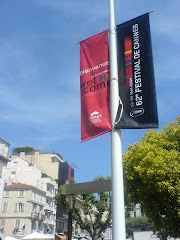
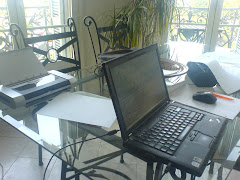

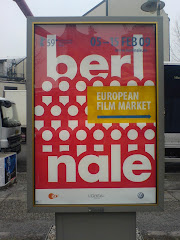
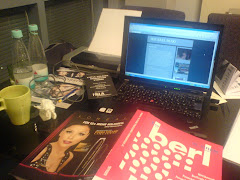
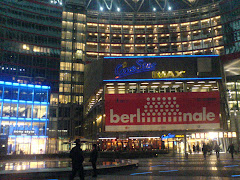

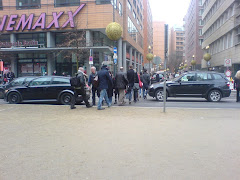
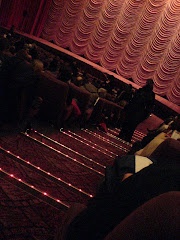




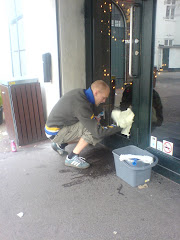







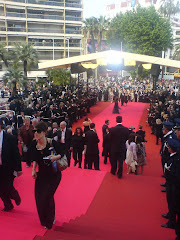
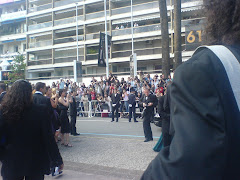
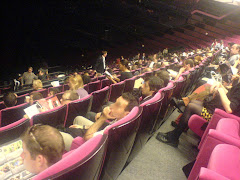
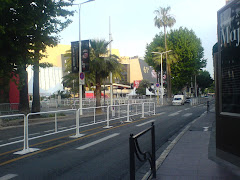
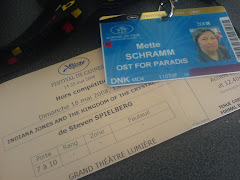

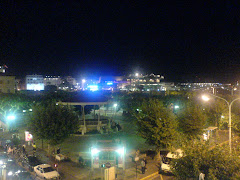
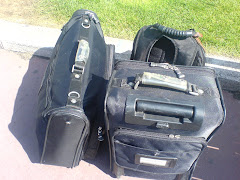










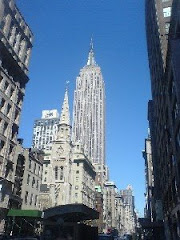



No comments:
Post a Comment